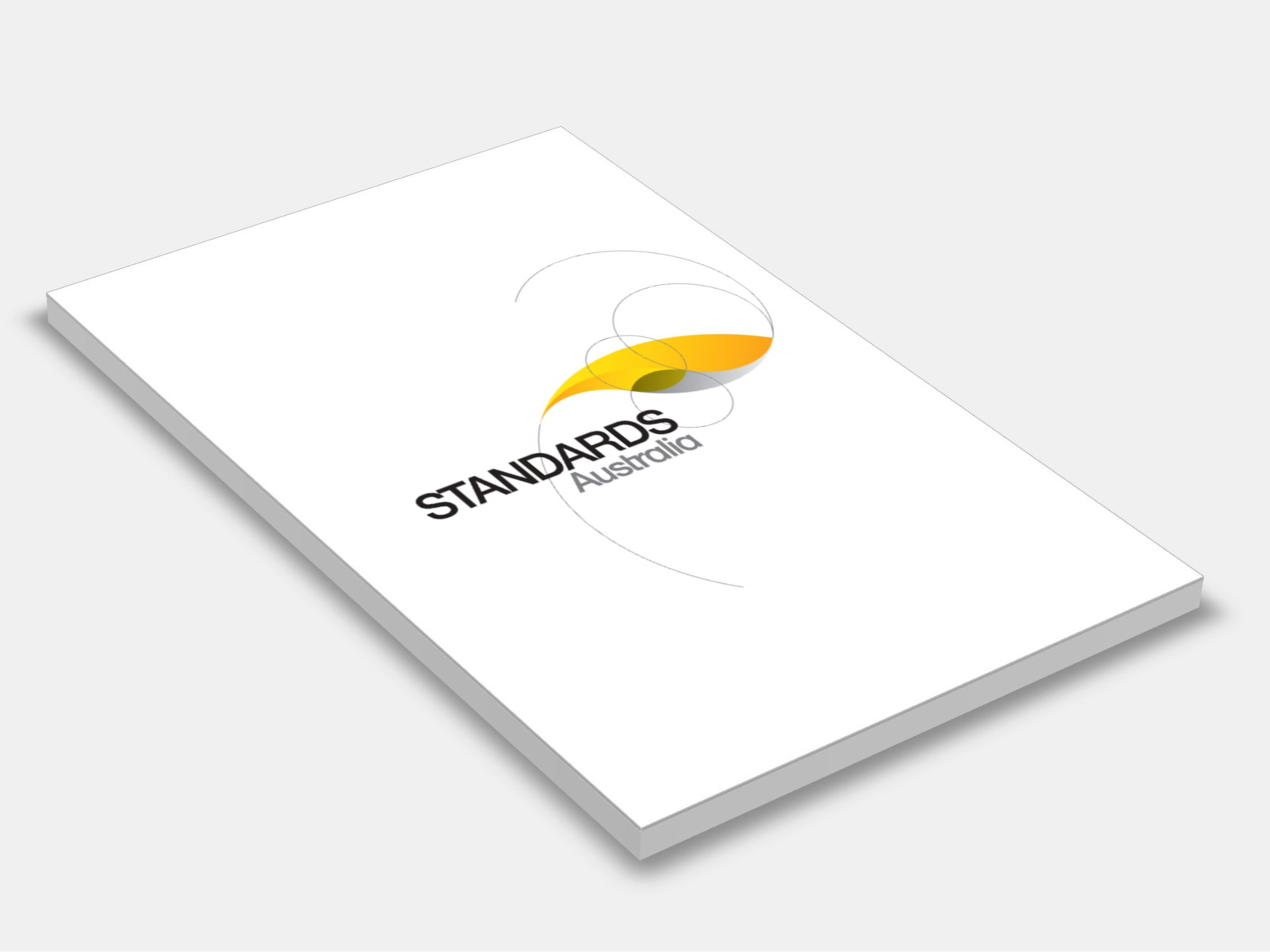
Type
Publisher
Standards Australia
Publisher
Standards Australia
Version:
First Edition 1989.
(Superseded)
Short Description
Sets out minimum requirements for elements of buildings and related facilities; in particular, access pathways, circulation spaces and fitments to permit access by people with disabilities. A set of transparent overlays of space modules to assist in the design of sanitary facilities is included. The Standard refers only to those technical requirements which are intended to be used with the current building requirements in Australia. Therefore, it does not refer to facilities such as lighting, shelving, work surfaces and hearing devices, nor does it refer to facilities such as baths and urinals, and specific design requirements for WCs suitable for people with ambulatory disabilities, as these are considered to be additional to minimum requirements for access and are included in Part 2 of the series.

Type
Publisher
Standards Australia
Publisher
Standards Australia
Version:
Second Edition 2004.
(Superseded)
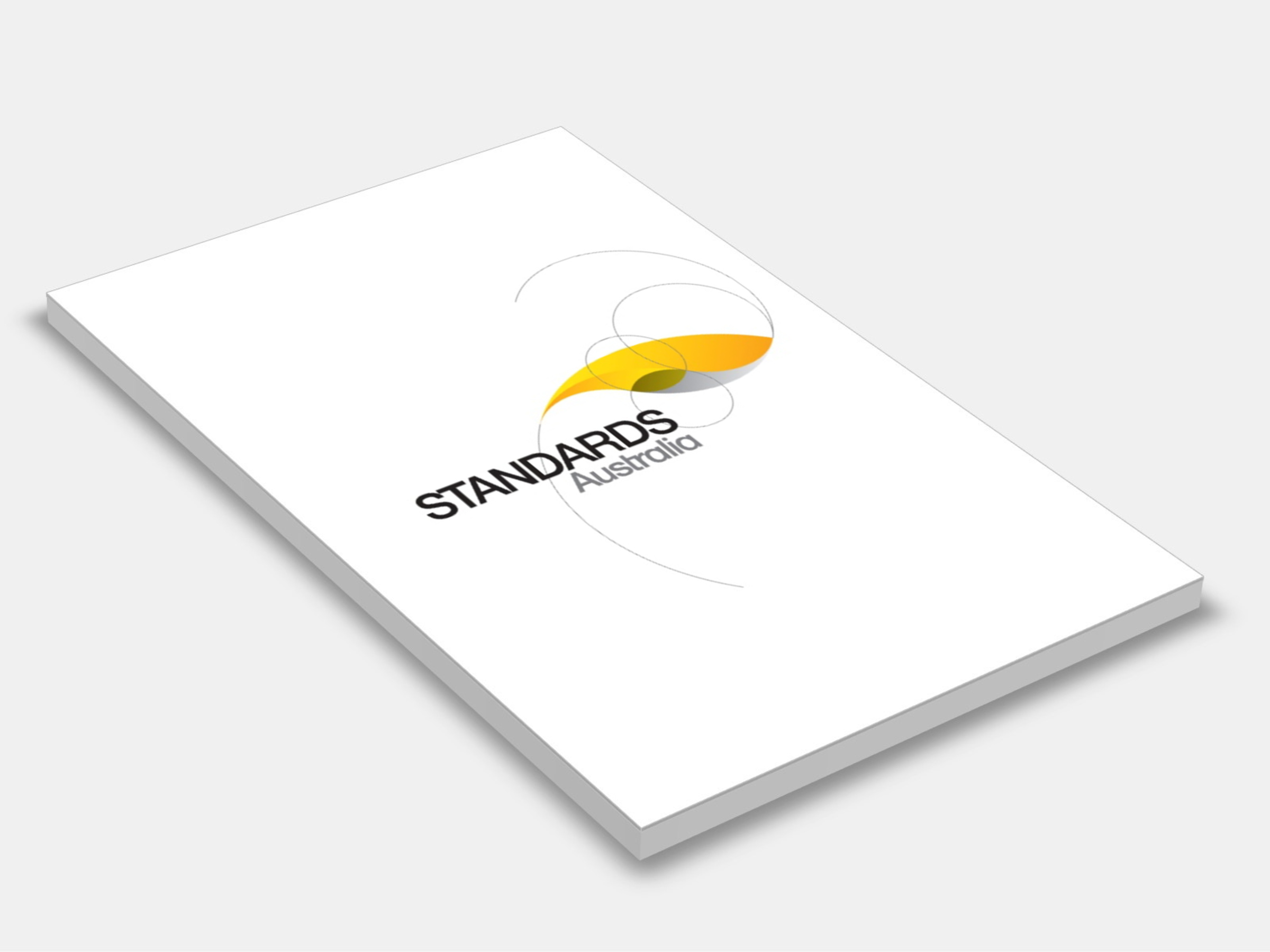
Type
Publisher
Standards Australia
Publisher
Standards Australia
Version:
Third Edition 1992.
(Superseded)

Type
Publisher
Standards Australia
Publisher
Standards Australia
Version:
First Edition 1981.
(Superseded)
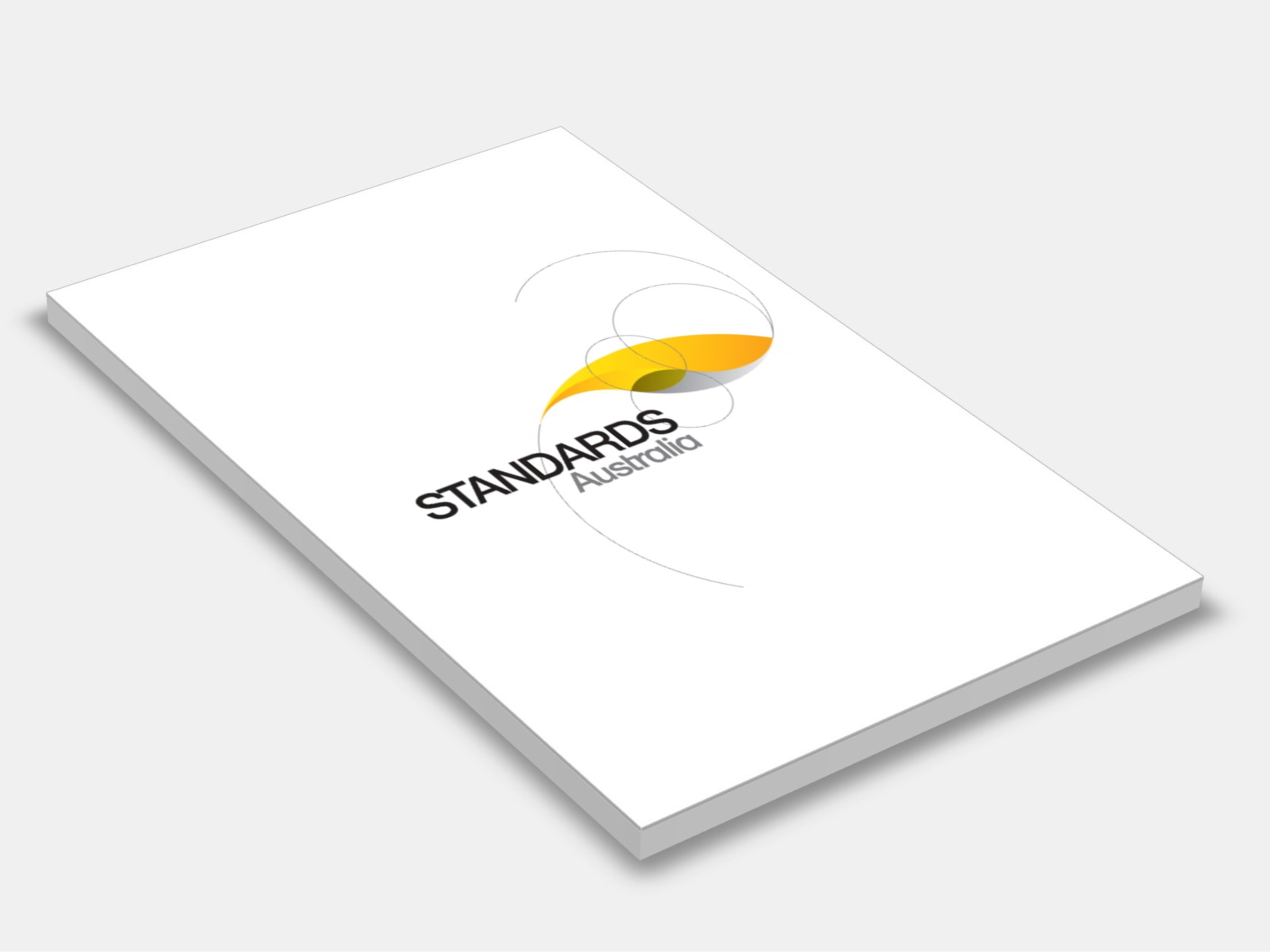
Type
Publisher
Standards Australia
Publisher
Standards Australia
Version:
First Edition 1993.
(Available Superseded)
Short Description
Specifies design, construction and performance requirements for child-resistant fences and gates intended primarily for use in preventing access to swimming pools by young children.
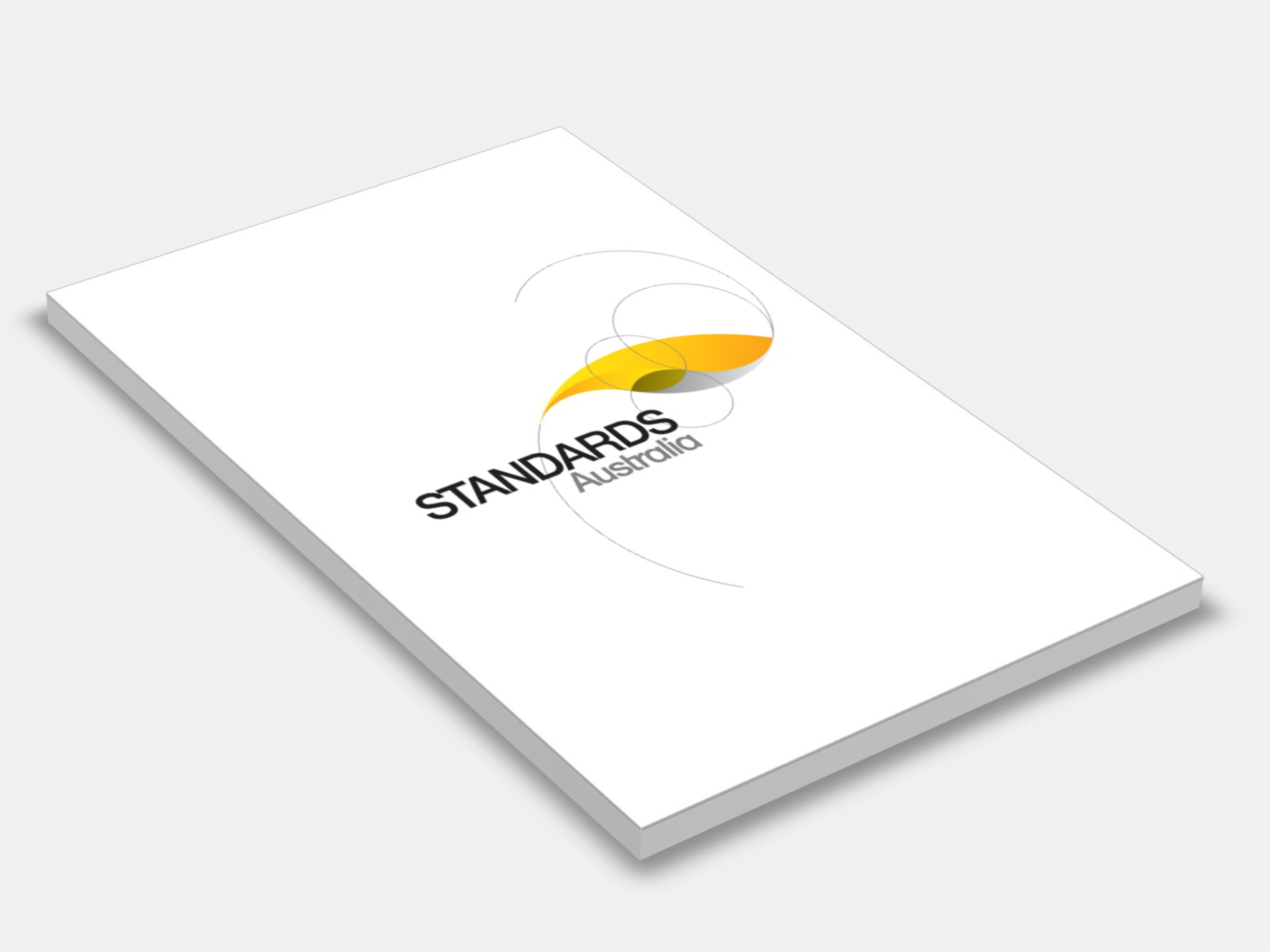
Type
Publisher
Standards Australia
Publisher
Standards Australia
Version:
Second Edition 1997.
(Available Superseded)
Short Description
Sets out the limit state design methods to be used in the design or appraisal of structural elements comprised of timber or wood products and of structures comprised substantially of timber.
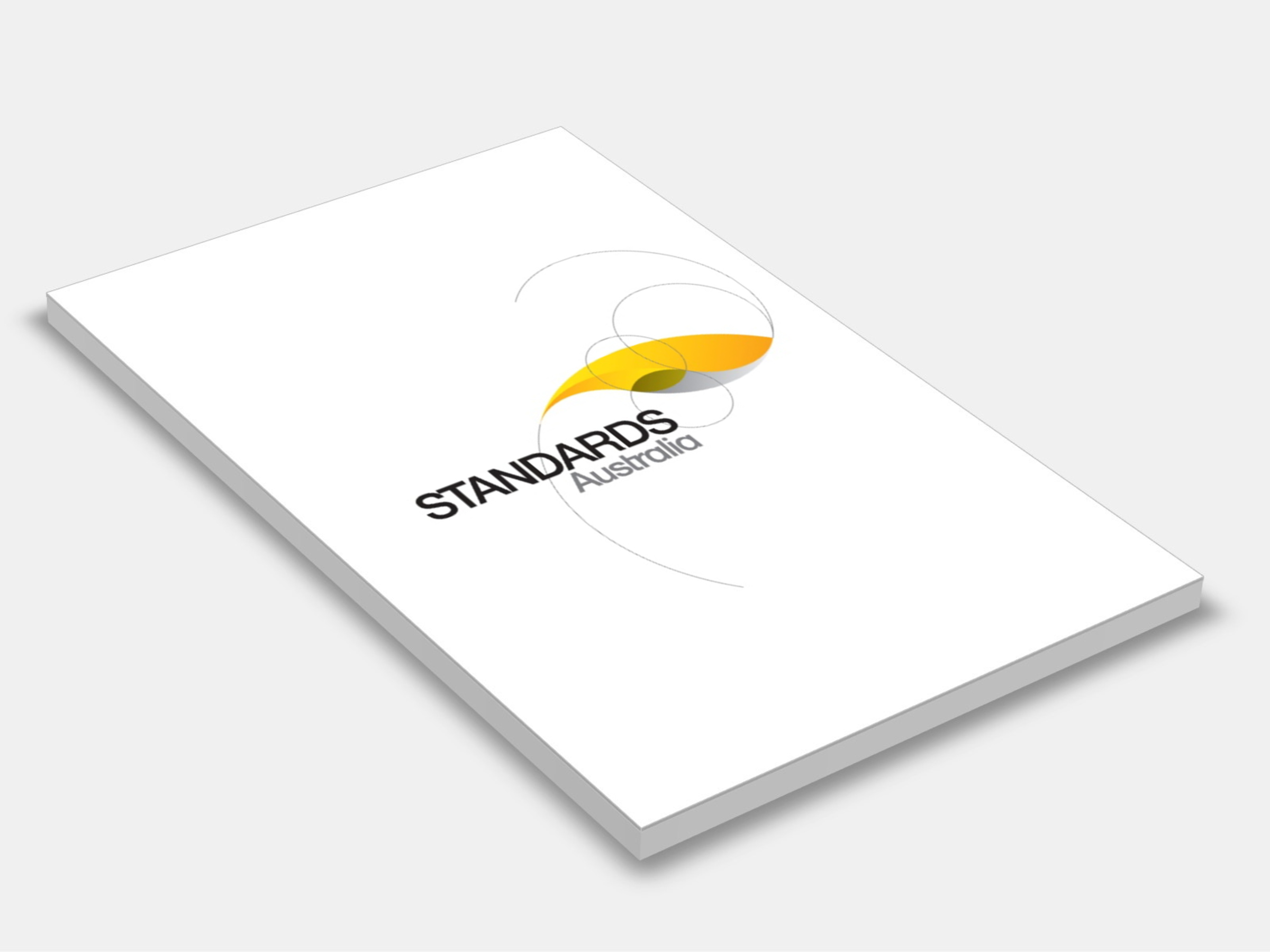
Type
Publisher
Standards Australia
Publisher
Standards Australia
Version:
Third Edition 1989.
(Available Superseded)
Short Description
Sets out requirements for establishing the minimum dead and live loads in the structural design of buildings and structures. This edition is presented in limit states format. A new section on load combinations has now been included.
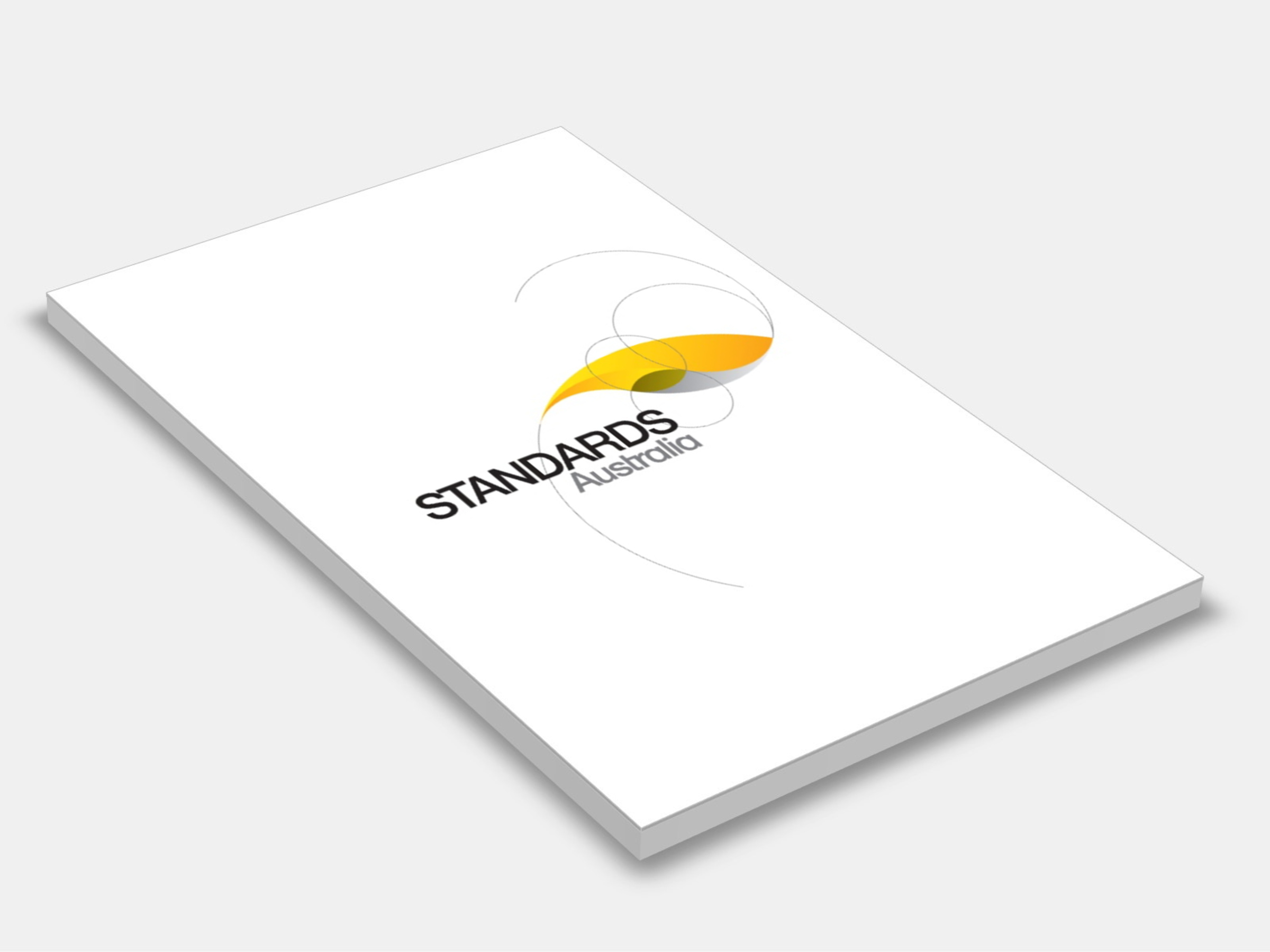
Type
Publisher
Standards Australia
Publisher
Standards Australia
Version:
First Edition 1993.
(Available Superseded)
Short Description
Sets out data and procedures for determining minimum earthquake loads on structures and their components, and also minimum detailing requirements for structures. It does not consider related phenomena such as settlement, slides, subsidence, liquefaction or faulting in the immediate vicinity of a structure. It does not include nuclear reactors, dams, transmission towers, bridges, piers and wharves, which may require special consideration. The Standard is in limit states format. New earthquake maps are defined in terms of an acceleration coefficient instead of the zoning system used in the previous Standard AS 2121. Domestic structures are now included.

Type
Publisher
Standards Australia
Publisher
Standards Australia
Version:
First Edition 1990.
(Superseded)
Short Description
Provides guidelines for the design by engineering principles of dwellings complying with Part 1 of the Standard.

Type
Publisher
Standards Australia
Publisher
Standards Australia
Version:
First Edition 1992.
(Available Superseded)
Short Description
Sets out requirements for the design and installation of tactile ground surface indicators to assist people with vision impairment. Specific types of ground surface indicators that warn of hazards and denote direction are provided.